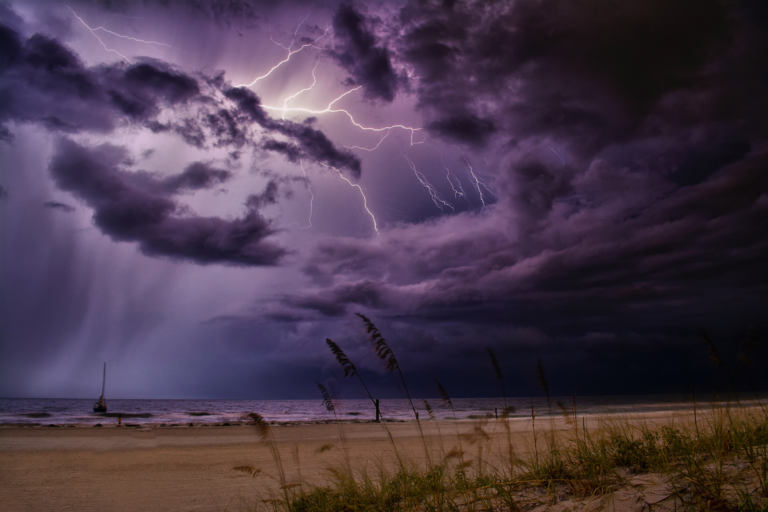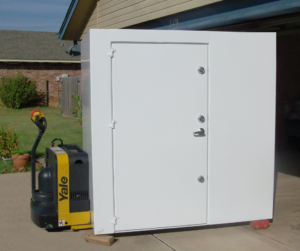Storms have always captivated humanity with their sheer power and destructive force. From hurricanes and cyclones to typhoons and tornadoes, the world has witnessed numerous devastating storms throughout history.
In this blog, we will explore the top four worst storms in human history, which have left a lasting impact on the affected regions and serve as a reminder of the immense power of nature.
The Great Galveston Hurricane (1900)
Striking the city of Galveston, Texas, this storm claimed an estimated 8,000 lives and caused widespread devastation. With wind speeds reaching up to 145 miles per hour, the hurricane generated a storm surge that engulfed the island city, leading to massive flooding. The lack of a proper warning system and inadequate infrastructure exacerbated the disaster.
The Galveston Hurricane sparked significant advancements in storm forecasting and prompted the construction of the Galveston seawall to protect against future storms.
The Bhola Cyclone (1970)
In November 1970, the Bhola Cyclone struck the Ganges Delta region of East Pakistan (now Bangladesh), resulting in one of the deadliest natural disasters in history. This powerful storm claimed the lives of approximately 300,000 to 500,000 people, primarily due to the catastrophic storm surge that inundated low-lying areas.
The Bhola Cyclone exposed the vulnerability of the region to such events and highlighted the importance of early warning systems, tornado shelters, and disaster preparedness.
Hurricane Katrina (2005)
Hurricane Katrina, one of the most devastating storms in US history, made landfall in August 2005 along the Gulf Coast, particularly impacting the city of New Orleans, Louisiana. With winds exceeding 175 miles per hour, Katrina caused catastrophic flooding when the city’s levee system failed to withstand the storm surge.
The hurricane resulted in the loss of over 1,200 lives and caused an estimated $125 billion in damages. The inadequate response, absence of safe rooms, and coordination during the aftermath of the storm revealed systemic failures in disaster management and prompted significant reforms in emergency preparedness.

Super Typhoon Haiyan (2013)
Super Typhoon Haiyan, locally known as Yolanda, struck the Philippines in November 2013, leaving a trail of destruction in its wake. With winds reaching an astonishing 195 miles per hour, Haiyan caused catastrophic storm surges and widespread devastation, claiming the lives of more than 6,300 people and displaced millions.
The tragedy highlighted the need for improved infrastructure, early warning systems, and efficient disaster response mechanisms in vulnerable regions prone to tropical cyclones.
The top four worst storms in human history caused immense loss of life and property and exposed weaknesses in disaster preparedness and response systems for storm safety. This is why, Safe Rooms US strives to provide FEMA-approved tornado shelters and above-ground storm shelters to the residents of Fort Worth and Dallas, Texas. We ensure that our sturdy safe rooms can bring a sense of comfort during a storm.
Get in touch with us now!










